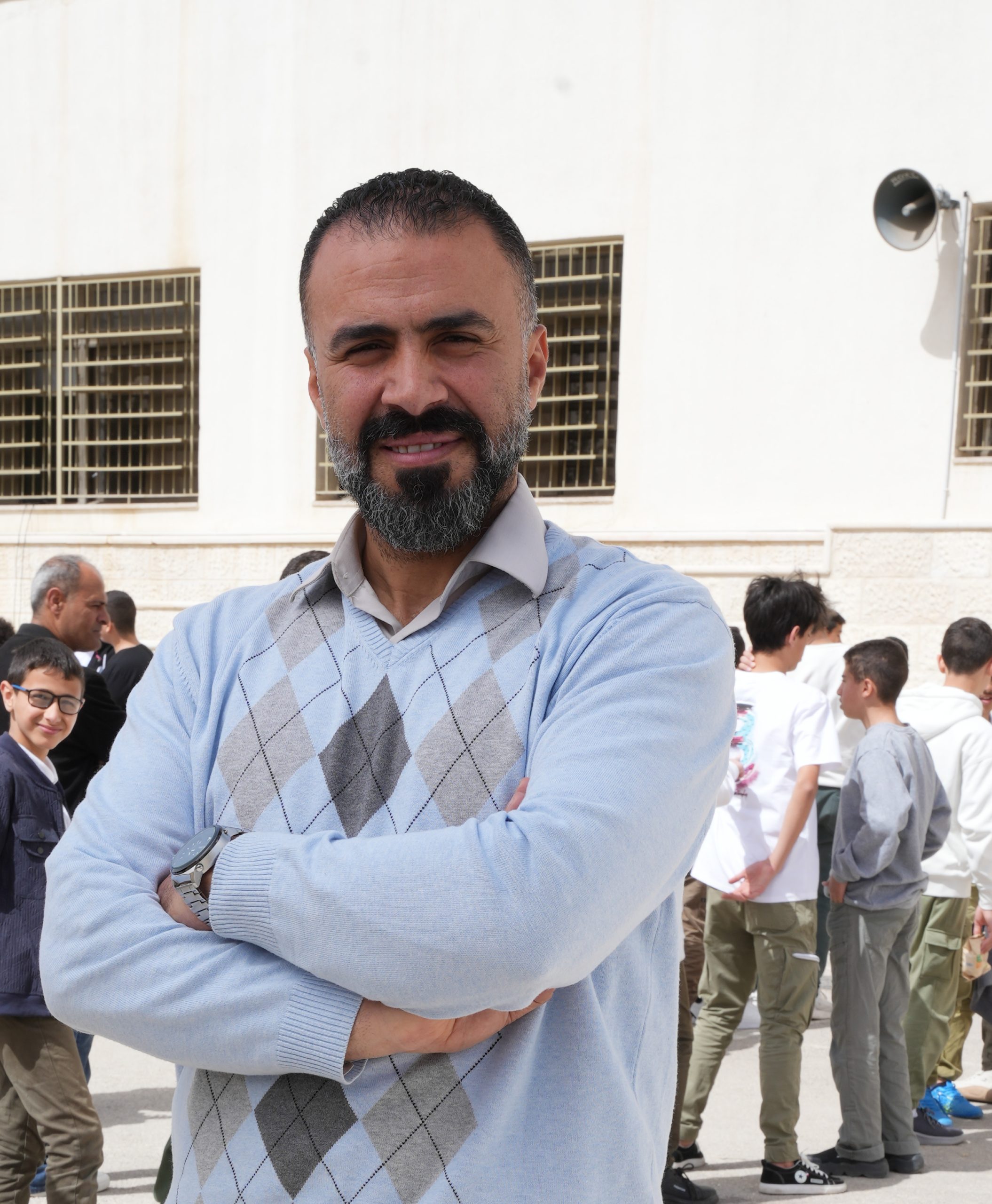When we first joined the Healthy Schools Accreditation Programme, I’ll admit I was hesitant. I wasn’t sure if we could manage the extra effort it would take, or if our students would even engage with it. But we took the first steps—starting with healthy food, clean classrooms, and physical activity—and slowly, something began to shift.
The programme wasn’t just about checking boxes or putting up signs. It was about changing the way we thought and behaved. With the support of the guide and the training we received, we started running weekly awareness sessions. Every week, students would learn something new—about nutrition, hygiene, fitness, or even emotional wellbeing.
One of our most memorable moments came during a mental health awareness session. We set up a space in the school garden called “The Quiet Corner.” Students could sit, reflect, write in journals, or simply breathe. Some of them, especially those struggling at home or with anxiety, began using it regularly. It wasn’t something we had planned—it came from listening to what they needed.
We also started regular health challenges. One week it was a no-junk-food challenge, the next it was a hydration competition. At first, it was just a fun game—but soon enough, students were teaching each other. One child gave a presentation on the amount of sugar in fizzy drinks. Another ran a step-counting challenge with their classmates. The sense of ownership was incredible.
The impact reached beyond the school walls. Parents began asking questions, attending our health events, and adjusting what they sent in lunchboxes. Some even said their children were pushing for changes at home—less fried food, more vegetables, and daily walks.
For me, the biggest takeaway has been that when students feel involved—when they feel heard—they care more. They lead the change. It’s no longer about rules; it’s about values.
The programme gave us structure, yes, but it also gave us something more powerful: belief that our students, even the youngest ones, are capable of creating a healthier future—not someday, but now.

